Robert Stephen Hawker (3 December 1803 – 15 August 1875) was an Anglican priest, poet, antiquarian of Cornwall and reputed eccentric. He is best known as the writer of The Song of the Western Men with its chorus line of And shall Trelawny die? / Here's twenty thousand Cornish men / will know the reason why!, which he published anonymously in 1825. His name became known after Charles Dickens acknowledged his authorship of "The Song of the Western Men" in the serial magazine Household Words.
Biography
 |
| Morwenstow Vicarage |
Hawker was born in the vicarage of Charles Church, Plymouth, on 3 December 1803, He was the eldest of nine children and grandson of Robert Hawker, vicar of Charles Church. When he was about ten years old his father, Jacob Stephen Hawker, took Holy Orders and left Plymouth to become curate of Altarnun, leaving him in the care of his grandparents. By this time Hawker was already reading and writing poetry. He was educated at Liskeard Grammar School and Cheltenham Grammar School. As an undergraduate, aged 19, he married Charlotte Eliza I'ans, aged 41. The couple spent their honeymoon at Tintagel in 1823, a place that kindled his lifelong fascination with Arthurian legend and later inspired him to write The Quest of the Sangraal. This marriage, along with a legacy, helped to finance his studies at Pembroke College, Oxford. He graduated in 1827 and won the 1827 Newdigate Prize for poetry.
Hawker was ordained in 1831, becoming curate at North Tamerton and then, in 1834, vicar of the church at Morwenstow, where he remained throughout his life. When he arrived at Morwenstow there had not been a vicar in residence for over a century. Smugglers and wreckers were apparently numerous in the area. A contemporary report says the Morwenstow wreckers "allowed a fainting brother to perish in the sea without extending a hand of safety."[citation needed]
Hawker's first wife, Charlotte, died in 1863 and the following year, aged 60, he married Pauline Kuczynski, aged 20. They had three daughters, Morwenna Pauline Hawker, Rosalind Hawker and Juliot Hawker. Robert Hawker died in August 1875, having become a Roman Catholic on his deathbed. He was buried in Plymouth's Ford Park Cemetery. His funeral was noteworthy because the mourners wore purple instead of the traditional black.
Accomplishments
Hawker was regarded as a deeply compassionate person giving Christian burials to shipwrecked seamen washed up on the shores of the parish, and was often the first to reach the cliffs when there was a shipwreck. Prior to this, the bodies of shipwrecked sailors were often either buried on the beach where they were found or left to the sea. The figurehead of the ship the 'Caledonia', which foundered in September 1842, marks the grave in Morwenstow churchyard of five of the nine-man crew. Hawker described the wrecking in his book Footprints of Former Men in Far Cornwall. Nearby stands a granite cross marked "Unknown Yet Well Known", close to the graves of 30 or more seafarers, including the captain of the Alonzo, wrecked in 1843.
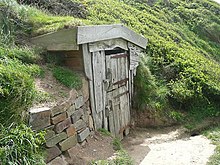 |
| Hawker's Hut
|
The Harvest Festival that we know today was introduced in the parish of Morwenstow in 1843 by Hawker. He invited his parishioners to a Harvest service as he wanted to give thanks to God for providing such plenty. This service took place on the 1 October and bread made from the first cut of corn was taken at communion. "Parson Hawker", as he was known to his parishioners, was something of an eccentric, both in his clothes and his habits. He loved bright colours and it seems the only black things he wore were his socks. He built a small hut, that became known as Hawker's Hut, from driftwood on the cliffs overlooking the Atlantic Ocean, He spent many hours there writing his poems and letters. This driftwood hut is now the smallest property in the National Trust portfolio. Many of the more fantastic stories told about Hawker are based on an unreliable biography published by the Reverend Sabine Baring-Gould in 1876, only a few months after Hawker's death. Other eccentricities attributed to him include dressing up as a mermaid and excommunicating his cat for mousing on Sundays. He dressed in claret-coloured coat, blue fisherman's jersey, long sea-boots, a pink brimless hat and a poncho made from a yellow horse blanket, which he claimed was the ancient habit of St Padarn. He talked to birds, invited his nine cats into church and kept a pig as a pet.
He built himself a remarkable vicarage, with chimneys modelled on the towers of the churches in his life: Tamerton, where he had been curate; Morwenstow and Welcombe; plus that of Magdalen College, Oxford. The old kitchen chimney is a replica of Hawker's mother's tomb.
(http://en.wikipedia.org/wiki/Robert_Stephen_Hawker)




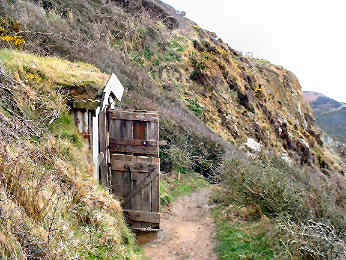

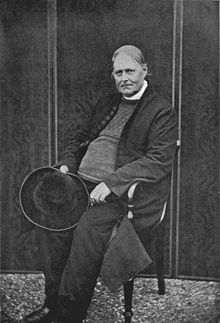




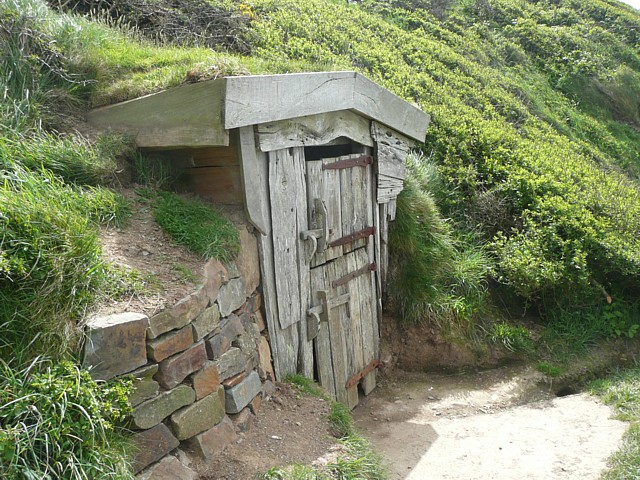
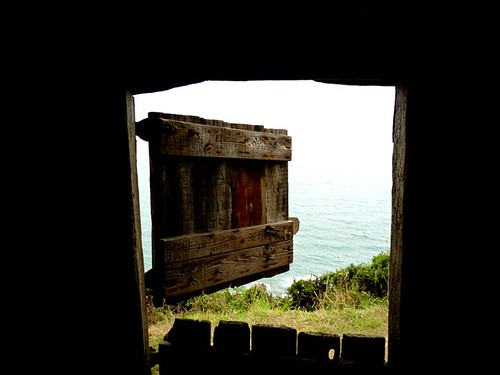
No hay comentarios:
Publicar un comentario